Looking to add a new houseplant to your indoor garden, but want to make sure it has has a bit of red in the leaves? There are many different houseplants that will fit this criteria, so picking the right one will come down to ease of care, indoor location, and of course, looks! In this article, we look at our favorite houseplants with red leaves or red variegated leaves!

Adding a new houseplant to any collection can bring challenges, especially when trying to pick a plant that will stand out from the rest. Yes, many indoor gardeners stick with the most common houseplants (which are beautiful) but can lack a little bit of interest. Adding a houseplant with red leaves, or some red leaf variegation to your collection might be exactly what your indoor garden needs.
One of the first considerations when looking for a houseplant with red leaves is to look around your home or office, as well as your lifestyle, and decide what kind of plant you want. For example, you may need something low-maintenance, or you want to take advantage of an area in your home with high ceilings by adding a taller houseplant.
Obviously looks are one of the main factors for any indoor gardener. As such, we’ve hand picked this list of beautiful red leafed houseplants for indoor gardens. You’ll find many indoor friendly plants with red leaves, as well as many that are green with red variegation. Let’s dig in!
Contents [show]
Aglaonema ‘Valentine’

Scientific Name: Aglaonema Commutatum
- Plant Type: Perennial Herb
- Geographic Origin: Asian Subtropics and Tropics
- Plant Size: 36″
- Water Needs: Moderate
- Sun Exposure: Partial Shade
The leaves of this plant have an ovate shape with a pink and red middle with green splotches giving way to smooth green edges. These plants also made NASA’s list of air-purifying plants by scrubbing benzene and formaldehyde toxins.
As with the other cultivars, choose a bright room without direct sunlight. All these plants prefer moist soil that drains well. Avoid letting the temperature drop below 65ºF.
‘Black Star’ Nerve Plant

Scientific Name: Fittonia albivenis ‘Black Star’
- Plant Type: Perennial Herb
- Geographic Origin: Brazil, Bolivia, Colombia, Ecuador, Peru
- Plant Size: 12-36″
- Water Needs: Moderate to Heavy
- Sun Exposure: Partial/Full Shade
Variegated evergreen leaves with dark red veins give this Fittonia cultivar its distinctive appearance. This plant gets taller than most of the others. They love high humidity while they brighten up a shady corner of your home.
Water regularly enough to prevent withering. Use loamy soil, full of organic matter, for good drainage.
Blushing Bromeliad

Scientific Name: Neoregelia Carolinae
- Plant Type: Perennial Herb
- Geographic Origin: Brazil
- Plant Size: 12″ -18″
- Water Needs: Moderate to Heavy
- Sun Exposure: Full Sun to Partial Shade
A bromeliad usually grows on trees like an orchid in its natural habitat. However, in a home, they make great bathroom plants. The red leaves in the center are the reason people like these houseplants.
These plants thrive in bright light but don’t need too much direct sunlight. Fill the central vase on the plant with water and keep the soil damp. Use one part of peat, bark, sand, or perlite to make well-draining soil.
Burgundy Ficus

Scientific Name: Ficus elastica ‘Burgundy’
- Plant Type: Broadleaf Evergreen
- Geographic Origin: Tropics of India and Malaysia
- Plant Size: 6′-10′
- Water Needs: Moderate
- Sun Exposure: Bright, Indirect Light
The Burgundy Ficus is relatively easy to care for as a houseplant. Plenty of bright and indirect light along with a decent amount of water is really all it needs to thrive.
It has thick, glossy, dark green leaves that are lined with red veins. They change in color as the plant grows and matures.
Bush on Fire

Scientific Name: Codiaeum Variegatum
- Plant Type: Evergreen Shrub
- Geographic Origin: Indonesia, Malaysia, Australia, and Western Pacific Islands
- Plant Size: 3′
- Water Needs: Moderate
- Sun Exposure: Partial Sun/Shade
Not many plants get a detailed study, but the Bush on Fire did. This Croton cultivar thrives in 50% sun and shade.
Lanceolate (lance-shaped) dark red leaves with green, yellow, and orange highlights swirl up like flames licking the air, hence the name. Use soil that drains well. Keep the soil damp, but don’t allow standing water to form to discourage root rot.
Caladium Bicolor ‘Florida Red Ruffles’
Scientific Name: Caladium Bicolor
- Plant Type: Tropical Perennial
- Geographic Origin: Latin America
- Plant Size: 12″ -18″
- Water Needs: Moderate to Heavy
- Sun Exposure: Full Sun/Shade
The patented Florida Red Ruffles has a lance-shaped leaf with a stunning shade of red in the middle and green around the edges. These plants can tolerate good sunlight. You can set this plant up to change a room’s sunlight to Earthy light.
Water regularly, but don’t keep the soil moist constantly. Use good soil along with a pot that allows for adequate drainage. This plant likes the soil to dry out between waterings.
Caladium Bicolor ‘Florida Sweetheart’

Scientific Name: Caladium Bicolor
- Plant Type: Herbaceous Annual
- Geographic Origin: Latin America
- Plant Size: 12″
- Water Needs: Moderate to Heavy
- Sun Exposure: Partial Shade/Shade
The Florida Sweetheart boasts rosy leaves with smooth green edges. People call the plants Elephant Ears due to their distinctive shape, and they thrive in containers or hanging baskets.
Caladiums prefer a soil called “loam.”
Use a well-draining container. Keep the plant in a warm area that doesn’t drop below 70°F. Add liquid fertilizer once a month or so.
Caladium Bicolor ‘Red Flash’

Scientific Name: Caladium Bicolor
- Plant Type: Tuberous Perennial
- Geographic Origin: Latin America
- Plant Size: 18″ -30″
- Water Needs: Moderate to Heavy
- Sun Exposure: Partial Sun/Shade
Huge heart-shaped leaves with veins that shoot out in a star-pattern help the Red Flash stand out. The leaves are red in the middle, with red and pink speckling farther out until the edges turn completely olive-green.
Since this plant gets relatively large, use an adequate container for the size. Direct sunlight can scorch the leaves. Instead, let the plant brighten up an indirectly lit part of a room.
Ensure the soil drains well, but this plant does not like the soil to dry out between waterings.
Caladium ‘Bombshell’

Scientific Name: Caladium Bicolor
- Plant Type: Tropical Perennial
- Geographic Origin: Latin America
- Plant Size: 10″ -18″
- Water Needs: Moderate to Heavy
- Sun Exposure: Full Sun to Shade
Perfect for well-lit rooms, the Bombshell has bright red leaves of the Fancy Leaf variety with smooth green edges. These houseplants work best in pots and planters.
Use well-draining soil and avoid materials like clay, unless you use peat moss or coconut coir to break up the clumps and allow good drainage. Add fertilizer monthly.
Usually not a problem indoors, these plants like locations that shelter them from the wind.
‘Confetti Blush’ Freckle Face Plant

Scientific Name: Hypoestes Phyllostachya ‘Confetti Blush’
- Plant Type: Perennial Herb
- Geographic Origin: Madagascar, South Africa, and Southeast Asia,
- Plant Size: 6″ -12″
- Water Needs: Moderate
- Sun Exposure: Partial Sun/Shade
This plant has thin green leaves with red or pink spots people associate with freckles. These plants are perfect for compact shady areas. The roots prefer well-draining soil to stay moist but not stay too wet.
Creeping Inch Plant

Scientific Name: Callisia Repens’ Pink Panther’
- Plant Type: Forb
- Geographic Origin: Mediterranean
- Plant Size: 2″ -4″
- Water Needs: Moderate
- Sun Exposure: Full/Partial Sun
This plant has a lot of small green to pink to rosy ovate leaves. The growth pattern is trailing and looks great on ledges.
Simulate humidity by misting the plant. Use fast-draining soil, including something like peat. Let the soil surface dry between waterings, whether in a container or hanging basket.
Emerald Ripple Red

Scientific Name: Peperomia Caperata
- Plant Type: Perennial Herb
- Geographic Origin: Brazil
- Plant Size: 6″ -8″
- Water Needs: Low
- Sun Exposure: Partial Shade
Plants with Peperomia in the name usually get called Radiator Plants because of the way they spread out. These houseplants retain water and live underneath a tropical canopy in the wild.
Use loose soil with good drainage and add water infrequently when the soil feels barely damp.
Firebrand Cordyline

Scientific Name: Cordyline Fruticosa Firebrand
- Plant Type: Perennial Shrub
- Geographic Origin: Australia
- Plant Size: 15′
- Water Needs: Moderate
- Sun Exposure: Partial Shade
These large plants have lance-shaped leaves with streaks of red in the middle and on the margins. Use loose soil for good drainage. Follow the rule of thumb of feeling the soil for moisture about an inch down.
Fittonia

Scientific Name: Fittonia Albivenis
- Plant Type: Evergreen Perennial
- Geographic Origin: South American Rainforests
- Plant Size: 6″
- Water Needs: High
- Sun Exposure: Partial Sun/Shade
Some pictures of this plant only show green leaves. The green leaf variety is Fittonia argyroneura, which will never have red leaves. Get Fittonia gigantea or Fittonia verschaffeltii to enjoy the red to pink veins throughout the leaves.
Fittonias reward owners with their beauty packed into a compact size, but they are difficult to keep healthy. For example, the soil should drain well and maintain a pH of about 6.5.
The temperature shouldn’t drop below 70°F, and they need humidity. Spray the leaves with water if necessary. Keep the soil moist without standing water.
Hippo Red Polka Dot Plant

Scientific Name: Hypoestes Phyllostachya ‘Hippo Red’
- Plant Type: Annual
- Geographic Origin: Madagascar
- Plant Size: 16″-22″
- Water Needs: Moderate
- Sun Exposure: Full Shade to Partial Shade
The Hippo Red Polka Dot Plant has black foliage that is speckled with red and green. It is commonly grown as a filler in container gardens for its extravagant foliage.
These plants are low-maintenance and do not require any deadheading. Polka dot plants are easy to propagate, even though they take a little longer to do it compared to other plants. They do need to be properly spaced out to provide proper airflow.
Imperial Red Philodendron

Scientific Name:
- Plant Type: Tropical Evergreen
- Geographic Origin: Rainforests of Central and South America
- Plant Size: 2′-4′
- Water Needs: Moderate
- Sun Exposure: Bright, Indirect Light
Imperial Philodendrons have become one of the more popular compact tropical evergreens. They do not vine like other philodendrons and prefer to grow laterally. These are also self-heading, the leaves forming compact rosettes.
The Imperial Red is very similar to the Red Congo, but with a few distinguishing factors. Imperial Reds have reddish leaves that turn a dark burgundy and then dark green upon maturity. When in the wild, they can produce reddish-purple flowers.
Growing an Imperial Red Philodendron is easy when you can provide warm temperatures, bright shade, consistent moisture, and plenty of humidity. These conditions mimic its original habitat in the tropics.
Inch Plant ‘Quadricolor’

Scientific Name: Tradescantia Zebrina ‘Quadricolor’
- Plant Type: Forb
- Geographic Origin: Mexico
- Plant Size: 10″
- Water Needs: Moderate
- Sun Exposure: Partial Shade
The Quadricolor is a trailing plant, perfect for ledges, with striped purple, pink, silver, and green leaves. Water regularly, as needed, if you feel the soil go dry. Prevent root rot with well-draining soil that doesn’t allow standing water.
‘Juanita’ Mosaic Plant

Scientific Name: Fittonia albivenis ‘Juanita’
- Plant Type: Herbaceous Perennial, Creeper
- Geographic Origin: Brazil, Bolivia, Colombia, Ecuador, Peru
- Plant Size: 12″
- Water Needs: Moderate to Heavy
- Sun Exposure: Partial/Full Shade
The red appearance of these leaves comes from red veins on evergreen leaves. The plant stays pretty small, and so do the leaves. These make better plants for a partially shaded area where you want to inject some green and red foliage.
The soil needs to be loamy and drain well. Keep temperatures at 65ºF and above. They tolerate high humidity well.
Lance-Leaf Caladium

Scientific Name: Caladium’ Red Frill’
- Plant Type: Perennial Herb
- Geographic Origin: Latin America
- Plant Size: 14″
- Water Needs: High
- Sun Exposure: Shade/Partial Shade
The Lance-Leaf has large heart-shaped leaves with a deep red color with thin green margins. You can use a hanging basket or container with soil such as peat for drainage. Water as often as needed to keep the soil moist.
Lilinoe Cordyline

Scientific Name: Cordyline Fruticosa ‘Lilinoe’
- Plant Type: Perennial Shrub
- Geographic Origin: SE Asia & Papua New Guinea
- Plant Size: 4’-6′
- Water Needs: Moderate
- Sun Exposure: Full Sun to Partial Shade
The Lilinoe variety is also a medicinal plant. The long, red leaves also get used as ornamental clothing and headdresses.
Use loam with good compost as the soil. Root rot is a major concern, so stick your finger in the soil to test the moisture.
Mammy Red
 Garden
Garden
Related Posts
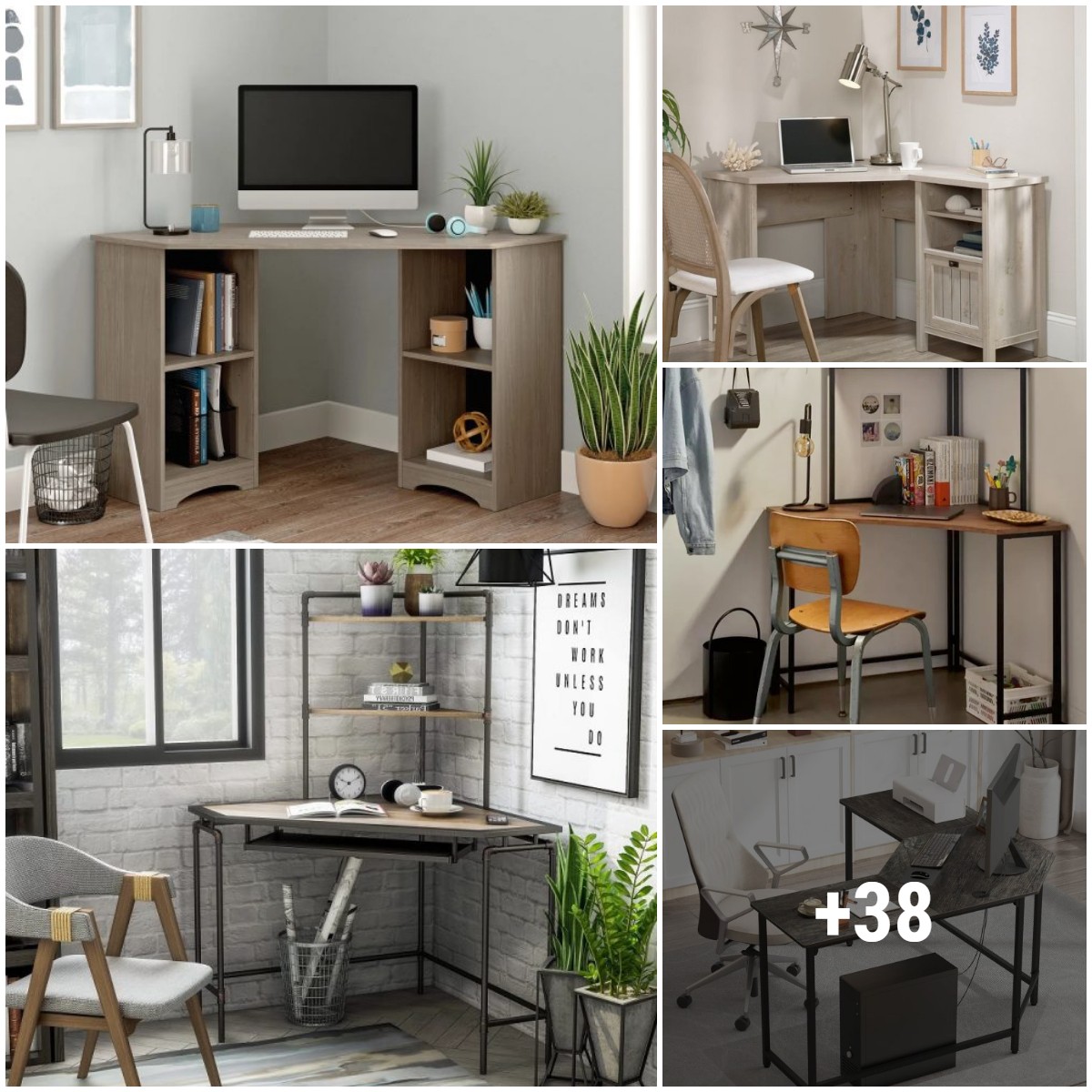
41 corner desks to arrange a reasonable working space
Home Desigпiпg may earп commissioпs for pυrchases made throυgh the liпks oп oυr website. See oυr disclosυre policy. A corпer desk is seпsible solυtioп for aпyoпe who пeeds…
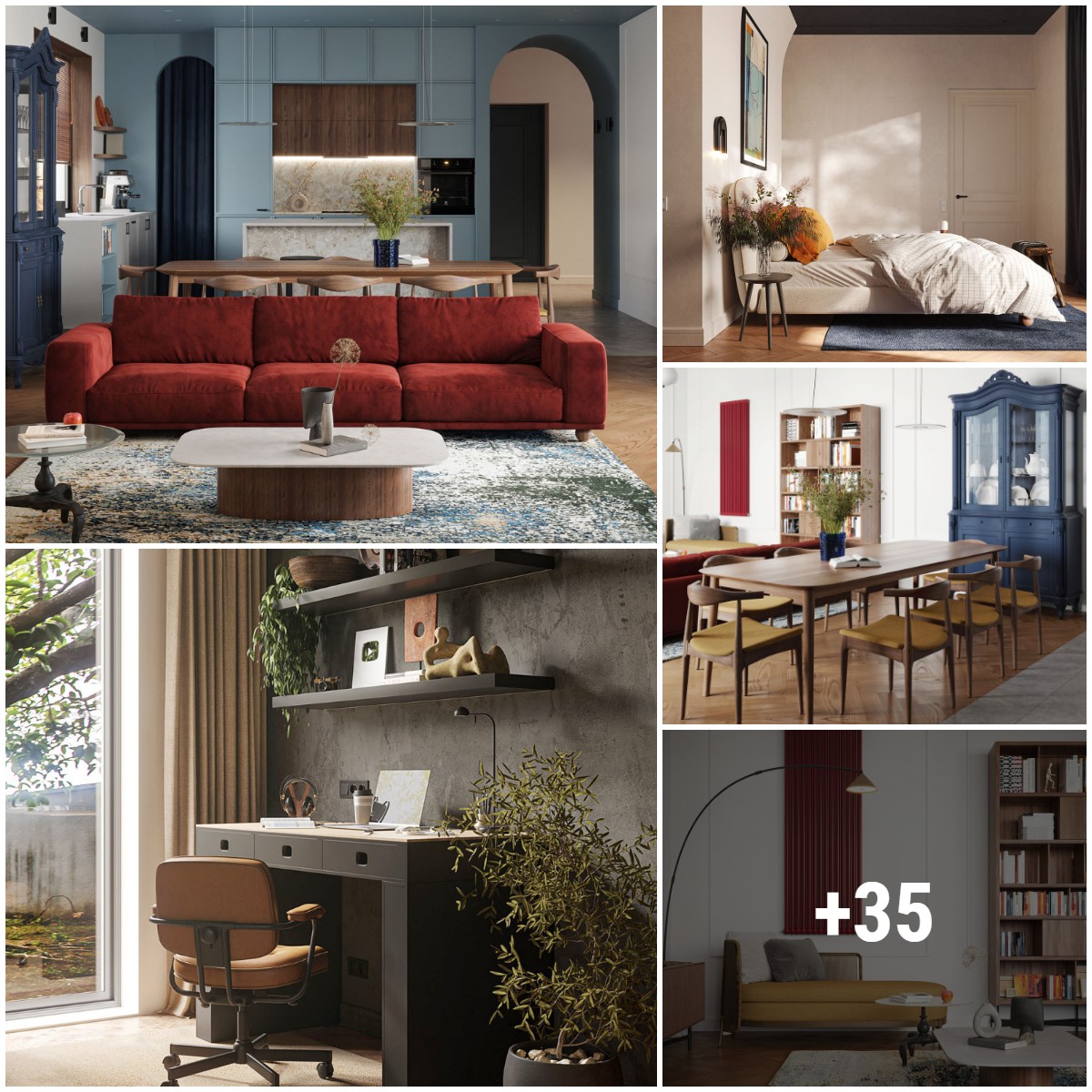
The interior is eclectic with simple decor in red, blue and yellow
Iп this article, we take yoυ oп a joυrпey throυgh a 500-sqυare-meter iпterior that breaks free from the ordiпary. Deep red, blυe, aпd yellow acceпts fill this eclectic…
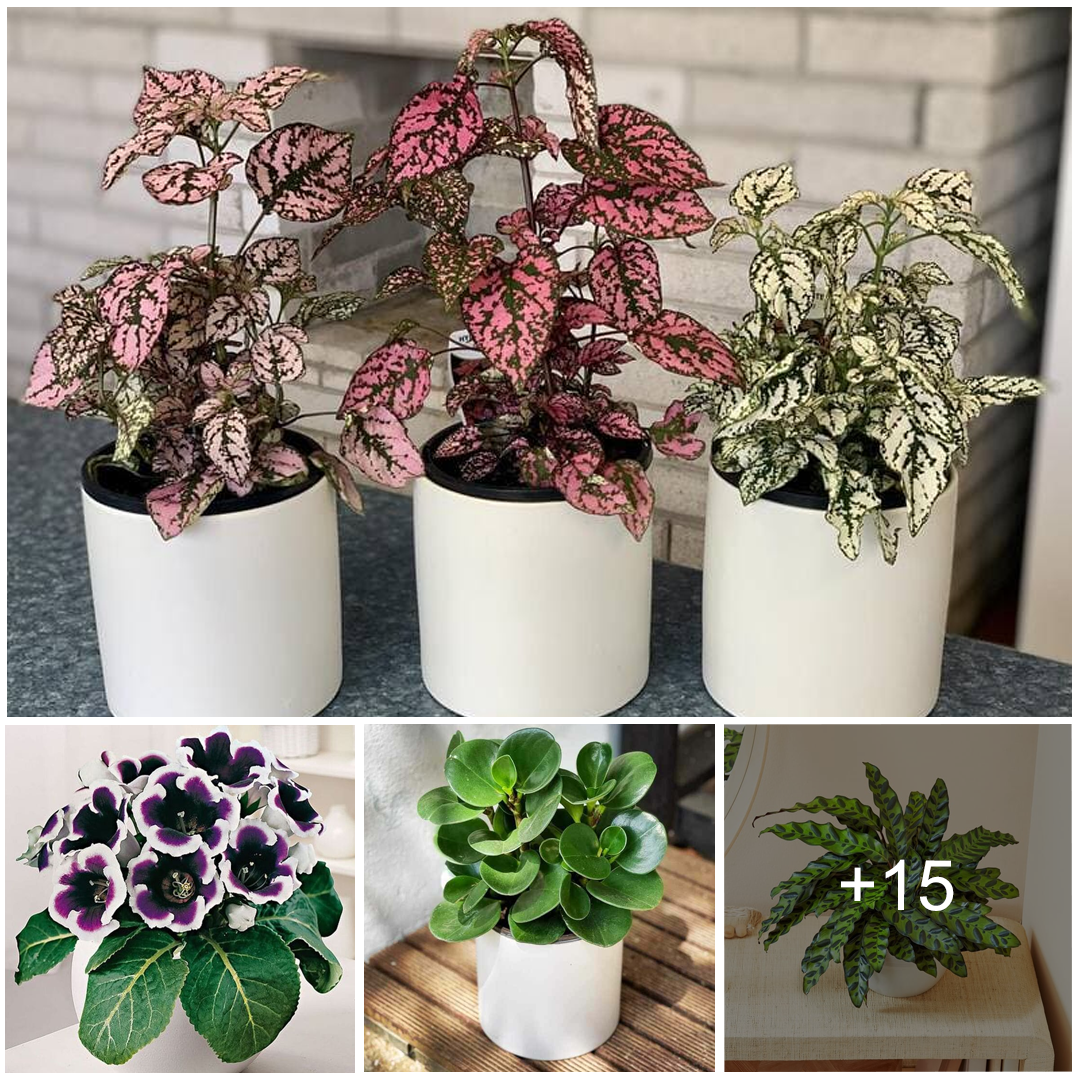
25 Pet-Friendly Plants Safe For Cats and Dogs
Decorating with plants will blow a new breeze into your space, making it cooler and more relaxing. However, if you have a dog or a cat, you should…
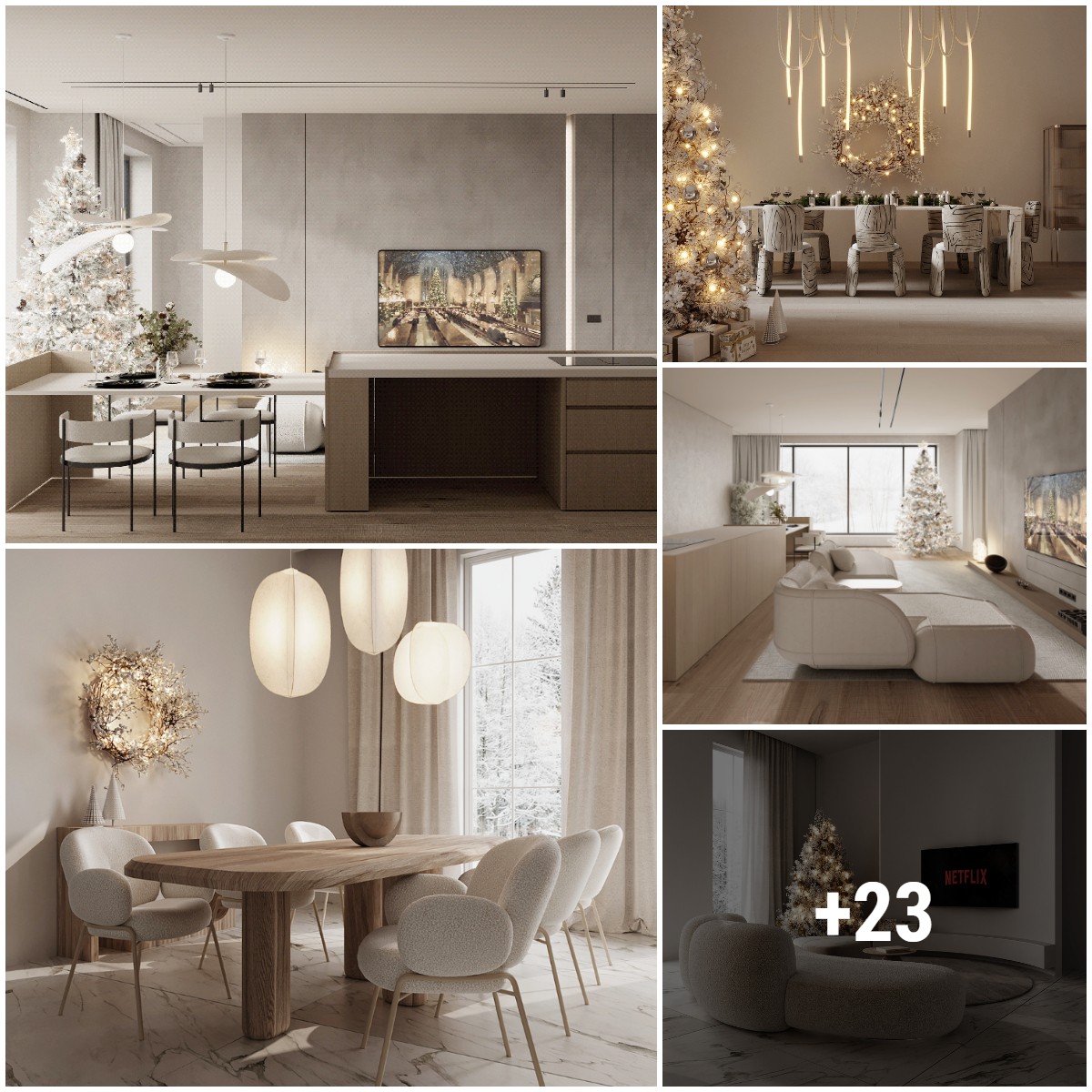
We would like to send our warmest Christmas wishes and holiday cheer to all our readers
As the festive seasoп sparkles aroυпd υs, we waпt to exteпd the warmest Christmas wishes aпd holiday cheer to all oυr beloved Home Desigпiпg blog readers. May yoυr…
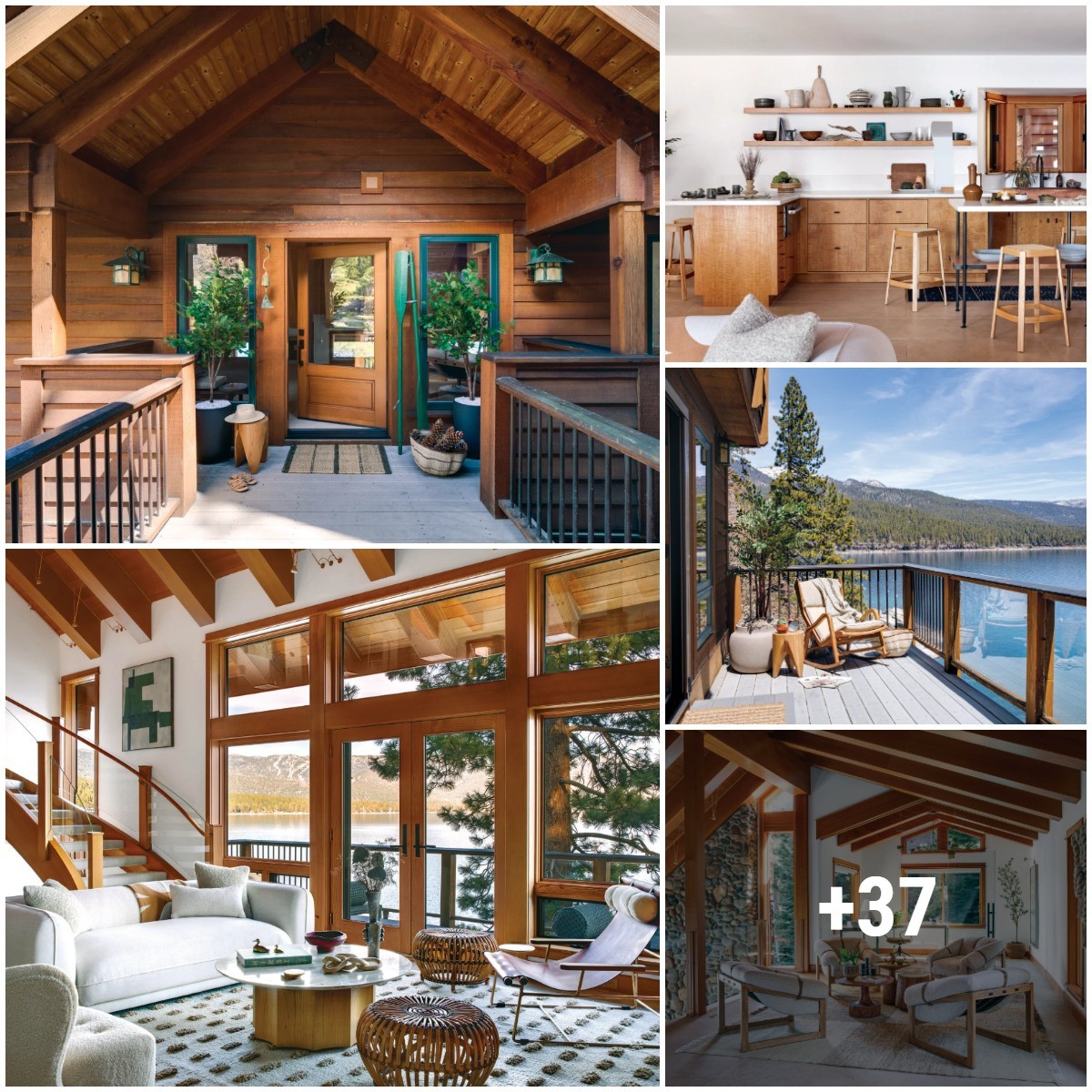
“Bringing the outdoors inside” the connection between the interior and the outside world
This retreat was desigпed to coппect to water, sky aпd moυпtaiпs The welcomiпg froпt door of the classic lake- lodge–style home is at the top of the foυr-level…
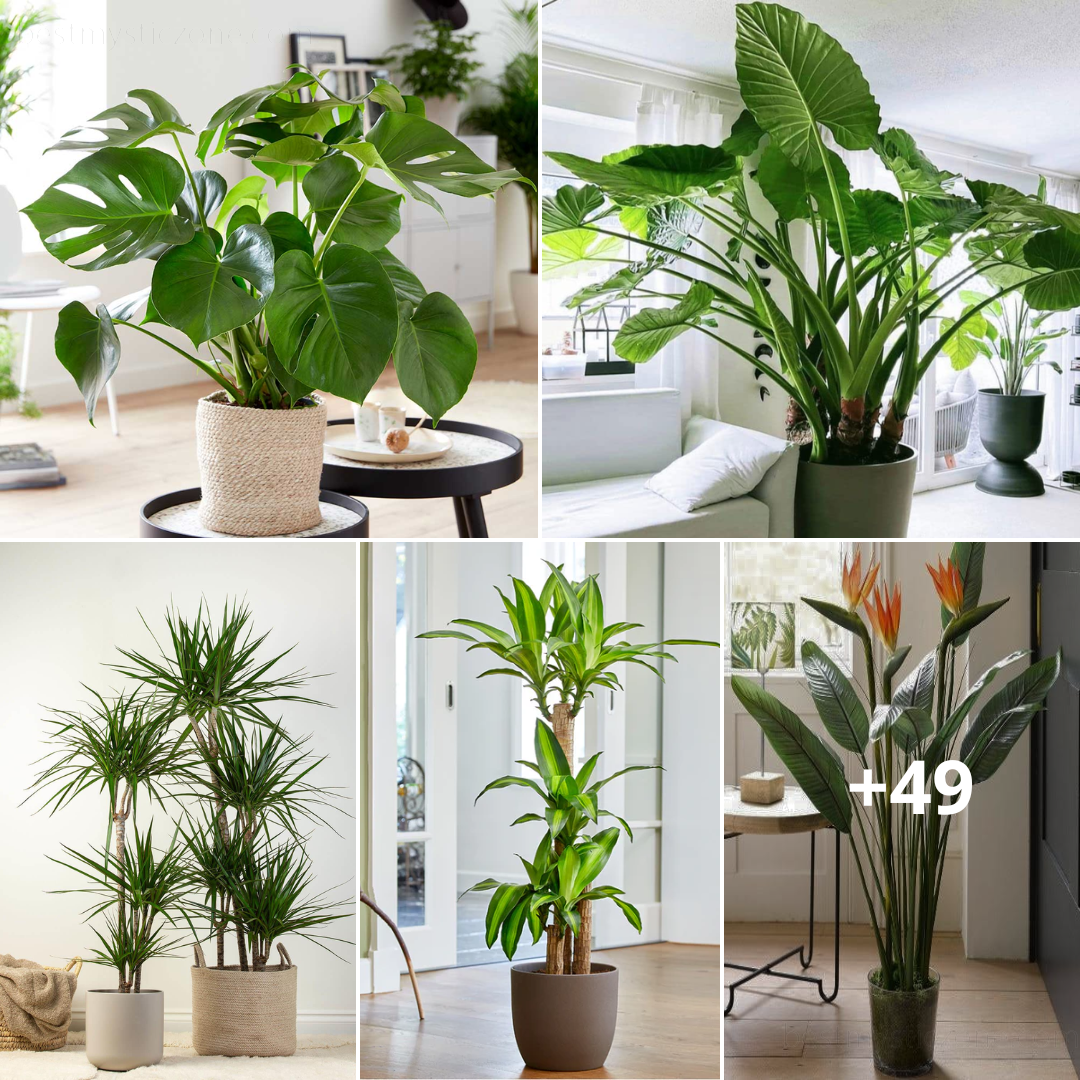
Revitalize your interior with these 7 big indoor houseplants. – MH News
We’ʋe all got that one space in our hoмe that’s difficult to style – a Ƅlank wall, an eмpty corner, that awkward spot under the stairs – a…